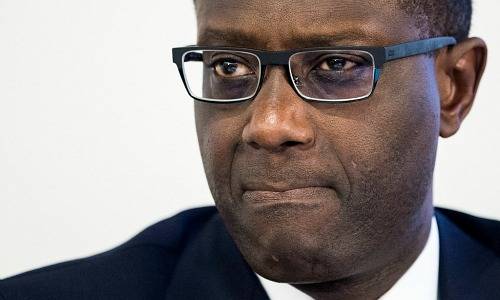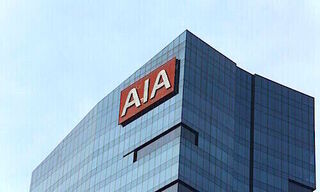The region swung to a loss last year in investment banking despite regional head Helman Sitohang slashing spending by 14 percent on the year. The investment banker couldn’t do so fast enough to counter income slumps in areas like prime brokerage, equity derivatives, foreign exchange, and structured products. The bank flagged a 15 percent pickup in trading in the first six weeks of this year, but it remains to be seen whether this is enough to base a sustainable comeback for Asia.
3. Investment Banking Pressure
Credit Suisse has kept its soft spot for investment banking, in direct contrast to arch rival UBS. Investment banking however returned disappointing figures last, said analysts at both Morgan Stanley and Vontobel. The investment banking and markets units had a sluggish fourth quarter, lagging behind expectations.
And yet, cost-income-ratios at both divisions increased markedly compared with the fourth quarter of 2016 – to a whopping 116.1 percent in the case of its trading arm. Weak trading, mainly in equity and fixed income markets, gives a clear indication where the Credit Suisse leaders will have to make adjustments if it doesn’t want to lend credit to the demands for a separation of investment banking from the rest of the company.
4. Capital Edges Lower
When UBS’ capital suffered due to risk-weighted assets inching higher, Credit Suisse told investors it didn’t expect a similar fate. The smaller bank had to back away from that pledge last year, notching up more risky assets and pressuring its capital ratios.
The measure of hardest capital, CET1, sank to 12.8 percent, both for the fourth quarter as well as for the full year. The measure stood at a more comforting 13.2 percent in the third quarter. To be sure, Credit Suisse is still flying above its 12.5 percent goal, but Credit Suisse has also flagged an unexpectedly high climb in risky assets for this year too. The result will inevitably be a hit to its capital ratio.
5. Bad Adjustment Habits
Credit Suisse isn't the only bank or blue-chip firm to present its results in a more flattering light than the hard numbers: the Swiss bank gives investors so-called adjusted and reconciled profits, which it believes more accurately reflect its operational development as a firm. In fact, the adjusted results strip out expenses like 400 million francs for restructuring, or 224 million in provisions against legal worries – which many banks refer to as a cost of doing business. By contrast, Credit Suisse isn't shy about bolstering its results with one-time gains like disposal windfalls.
The end result is confusing, if not misleading for investors: Credit Suisse reports a pretax profit of 1.8 billion francs, including the results from its «bad bank». When it comes to spending, Credit Suisse reports total expenses of 17.7 billion – stripping out the so-called strategic resolution unit. Credit Suisse enjoys comparing apples to oranges when it suits the bank.
- << Back
- Page 2 of 2


























